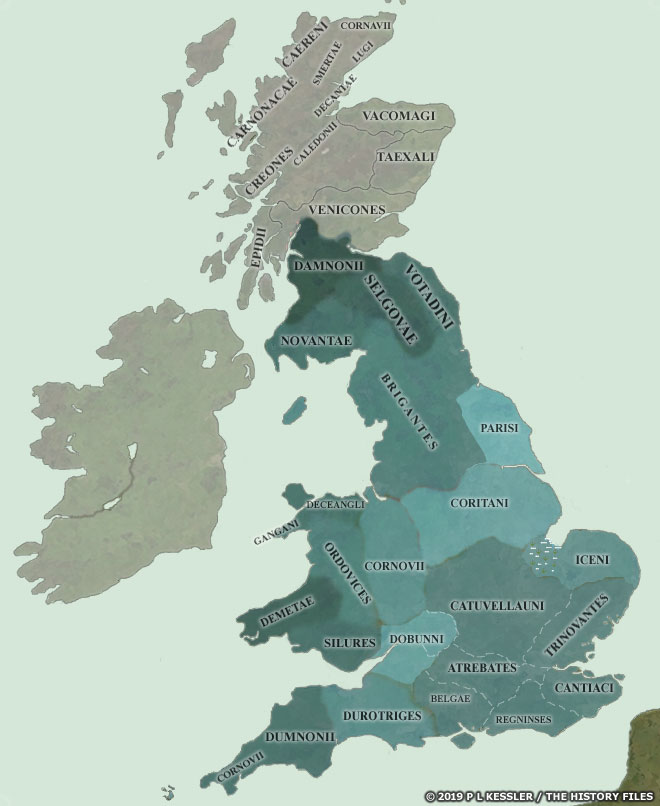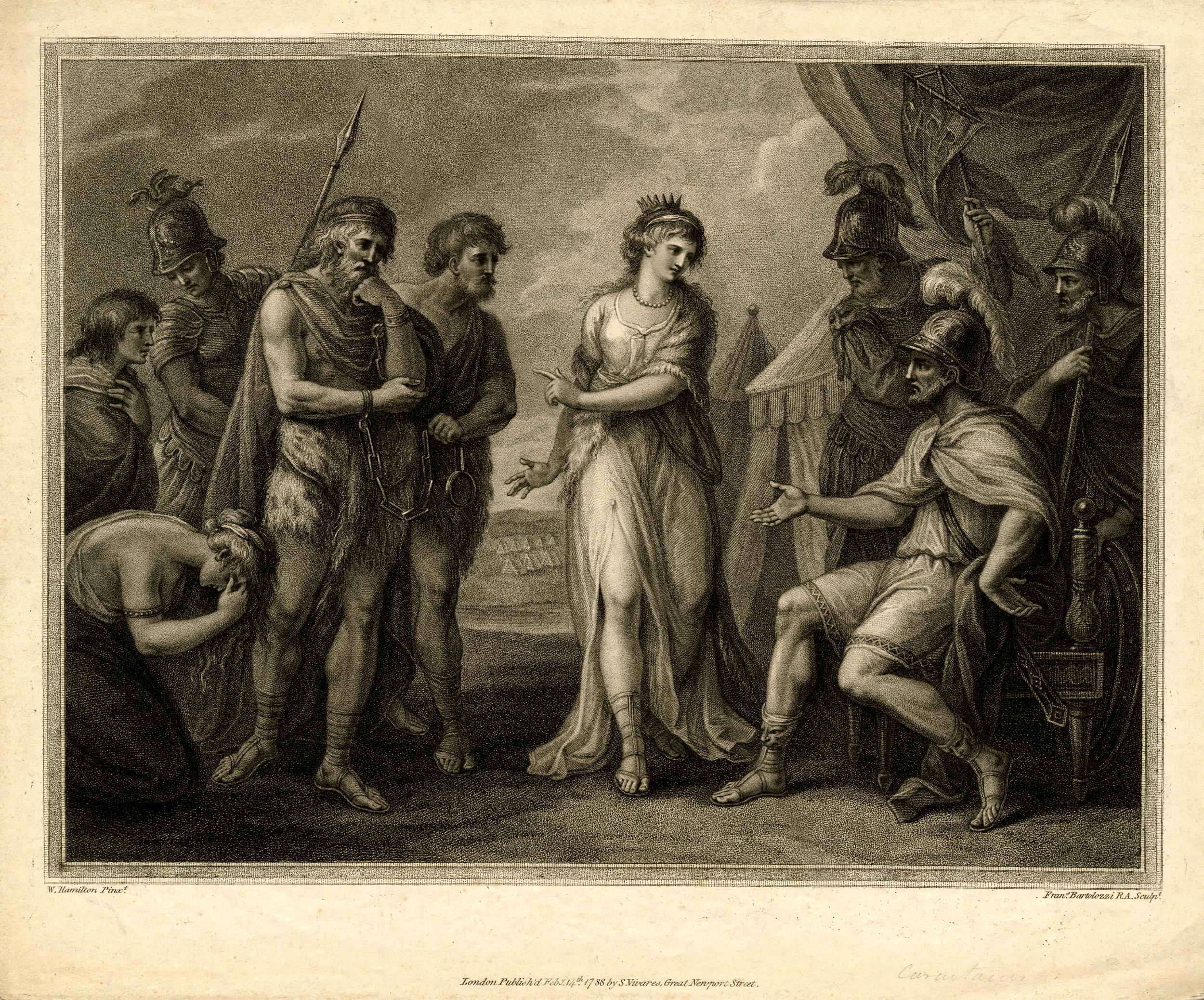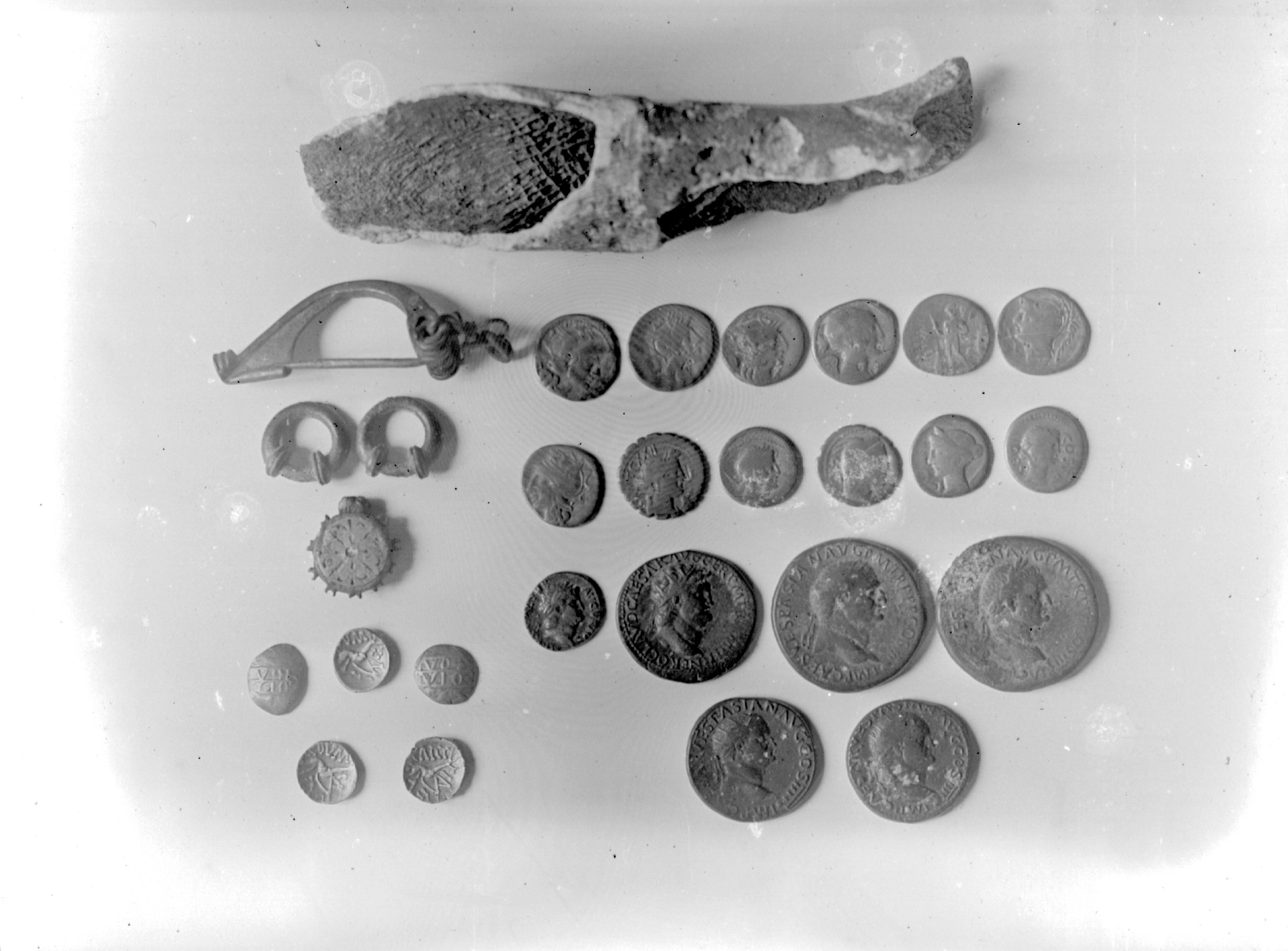When the Romans invaded Britain in 43 AD, the people who occupied this area and most of what is now northern England belonged to a group of tribes called the Brigante, or ‘hill-dwellers’.
The Brigantian inhabitants of this area would have lived in small farming communities, with no towns. The farmers grew crops and reared animals.
At first, while the tribes of southern Britain were being subdued, the Brigantian queen Cartimandua held power over a large territory in the north. She was a powerful and influential ruler who had consolidated her position, and her decision to align with the Romans was less about welcoming them as allies and more about maintaining her own rule and saving her people from being overthrown.
You can learn more about Cartimandua here: Cartimandua - Where are all the women? MyLearning
All that we know of Cartimandua comes from the Roman historian Tacitus, who viewed women as inferior and was hostile to the Britons, meaning his account is shaped by bias. As a result, it is difficult to know the full truth of this period, and the way Cartimandua is remembered may reflect Roman prejudice as much as reality.
“She was ruler over the Brigantes, having the influence that belongs to high birth, and she had later strengthened her power when she was credited with having captured King Caratacus by treachery and so furnished an adornment for the triumph of Claudius Caesar. From this came her wealth and the wanton spirit which success breeds.” –Tacitus, Histories 3.45 around 51 – 69 AD.
This source shows how Romans often judged women in power differently from men. Instead of praising her bravery or leadership, Tacitus used negative words that suggest Cartmandua was untrustworthy or behaved badly, language which he did not usually use for male leaders. This reminds us that Roman accounts may reflect bias, especially against powerful women.
You can learn more about this here: Who Writes History? MyLearning
In 69 AD Cartimandua was deposed by her people and eventually Brigantian territory was occupied by the Roman Army.
Daily Life
The disruption and fear caused by the Roman conquest of the North is marked by coin hoards at Honley and Lightcliffe. These are hoards of valuable items hidden around 70 AD, usually with the intention to recover following a disturbance, but they were never retrieved.
The initial disruption caused by the arrival of the Roman army probably soon passed. There is limited evidence that Roman rule had significantly altered everyday life for most people in the region.
Farming continued as before, and local gods were still worshipped. Most Brigantian people probably continued to speak only their own Celtic language, and no written record of it was made. There are many Celtic place names in the area, such as Calder (rapid stream) and Colne (noisy river).


